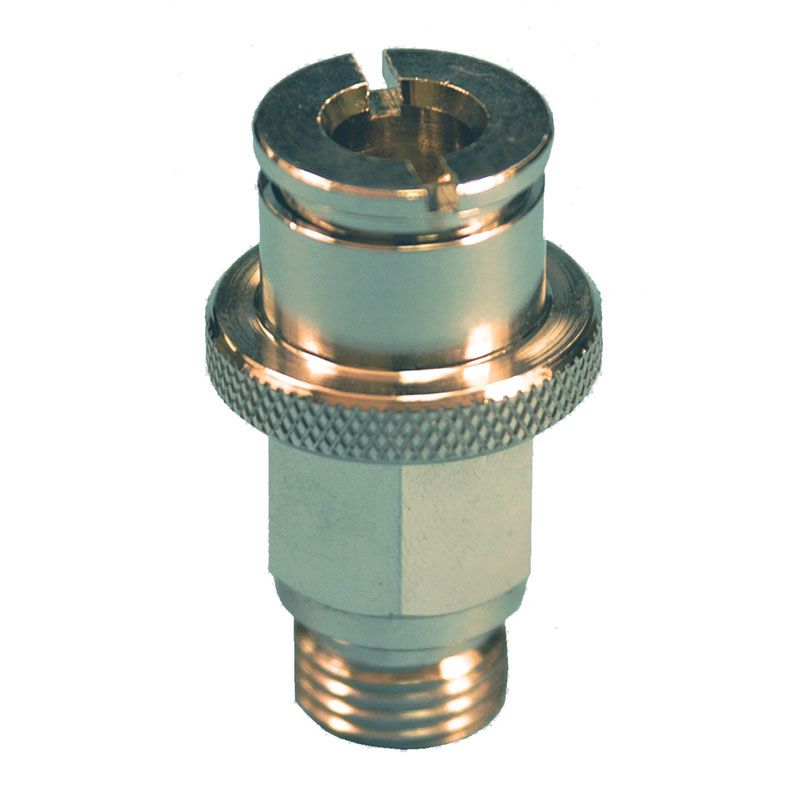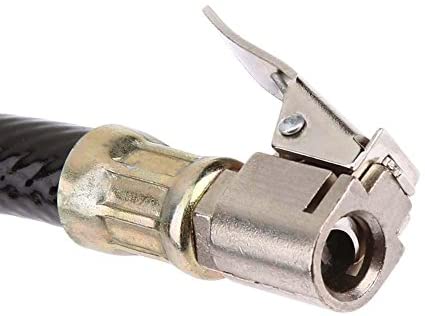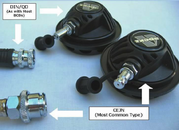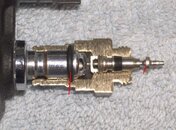Hi all,
I am conducting an engineering review looking at redesigning the connector from LPI hose to BCD inflator.
Those of you who are wise in years and experience; do you remember connectors for past times or any that specific companies opted for different to the standard ones we all see today?
Very open to discussion....

Many thanks and happy new year!
Jake
PADI MSDT and student engineer.
Hi Jake,
First decide if you need a connector that is high flow or low flow. High flow connectors are found on dual purpose units that serve as a inflator and a regulator. (Think AIR 2 and the ilk)
The most common inflator connectors cannot provide enough flow for a regulator. Instead, inflator regulators use a larger bore in the male and female components. Personally, I do not see a down side to having the larger fitting.
Compare the above to a standard male qd fitting and it's easy to see why. (Dive Gear Express photo)
In addition to the extra gas it can handle, the female connector is usually much easier to rebuild/service than the dinky snap ring/scharder valve/embedded o-ring design in the "standard" inflator quick disconnect.
(DGX photo)
You might guess that a connector that is user serviceable is important to me. Other than that, one that is easily replaced-as in the type that screws into any length standard regulator hose.
(DGX photo)
Next, I like a connector that can be disconnected with one hand-with gloves if necessary.
This one pretty much fits the bill, except that it is not high flow:
(Again, thank you to DGX)
Icing on the cake it to have the connector on the outboard side of the inflator rather than the inside.
Now, some features I've encountered over the years that I did not like:
US Divers had a proprietary hose with the male end plugged into the female q.d. mounted on the vest. If you had an issue with either component, you were sol until you could get back to the dive store and replace it.
Small spring loaded connectors. Worked fine for just "push and play" connections, but disconnecting them was like working a puzzle at times.
I'm sure others will be chiming in.
Edit with a picture of a couple of designs I would avoid. The one on the left has a spring type holding devise rather than the standard ball bearings. The one on the right is too small for high flow, too large for a standard male fitting.










